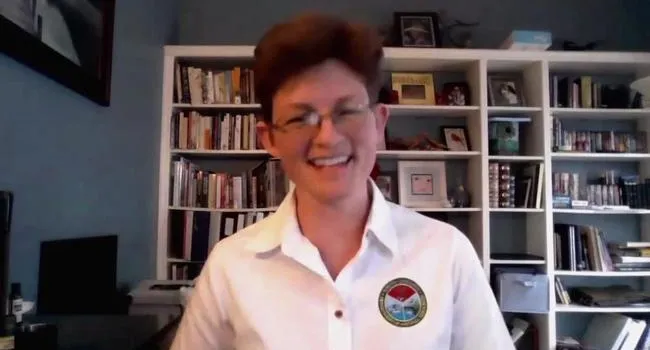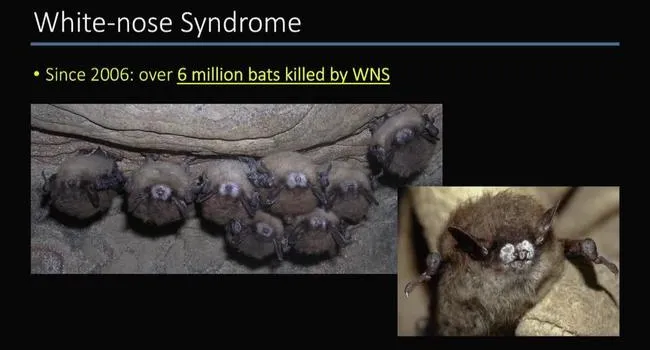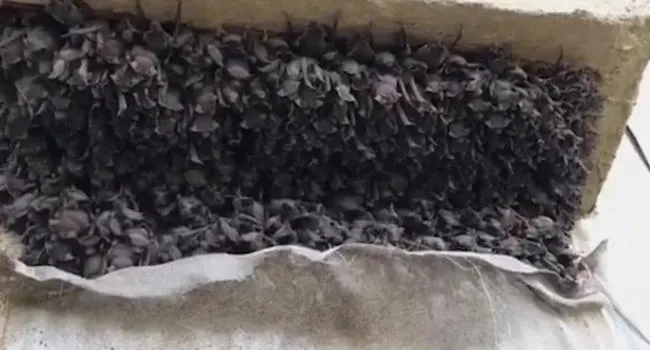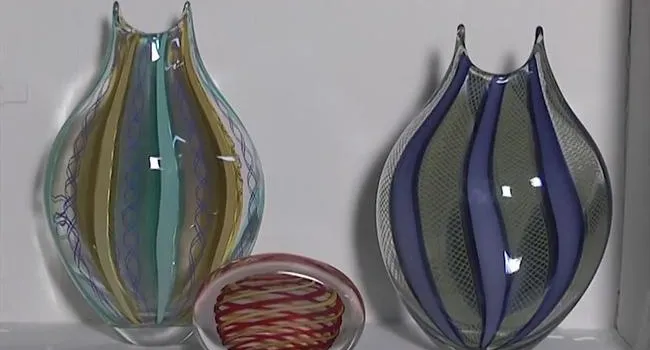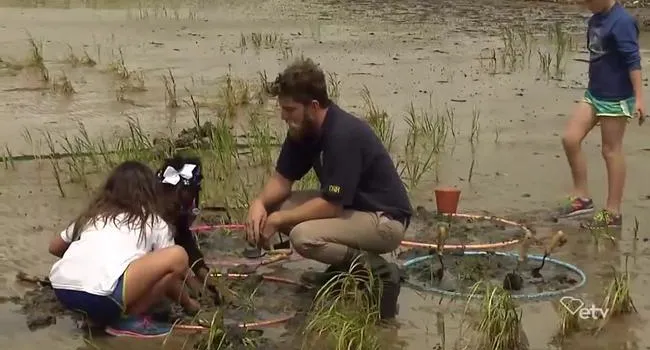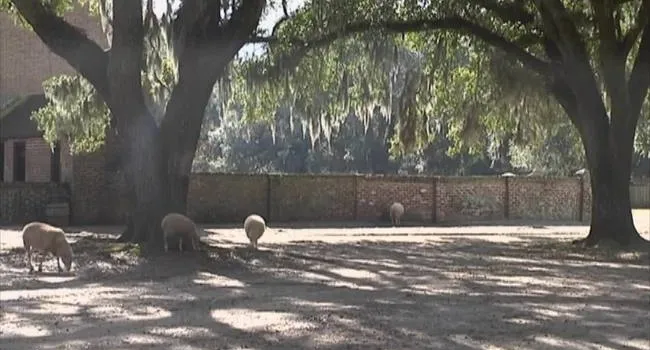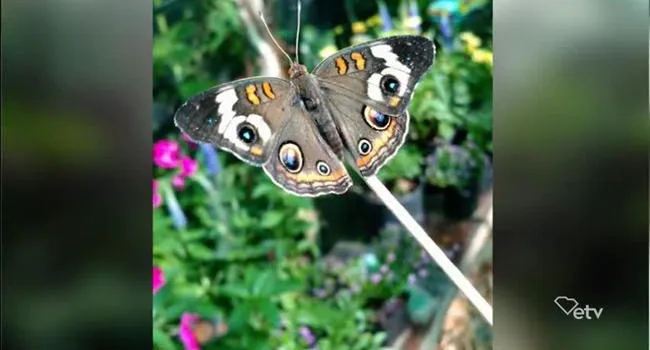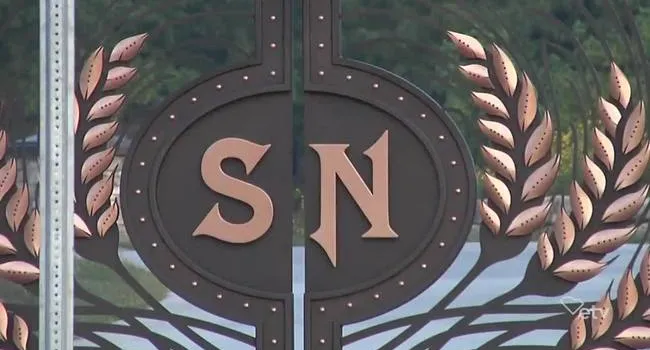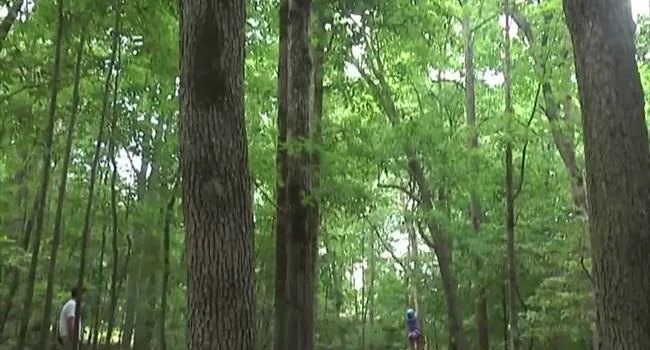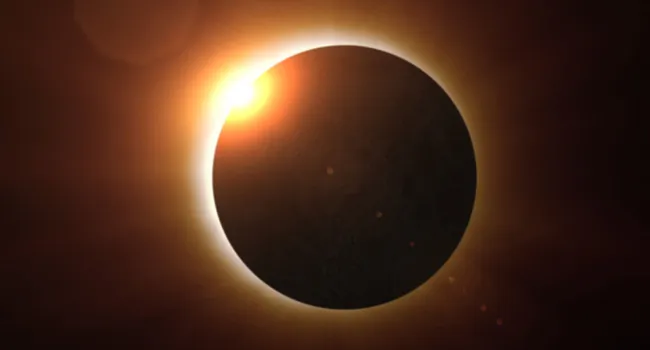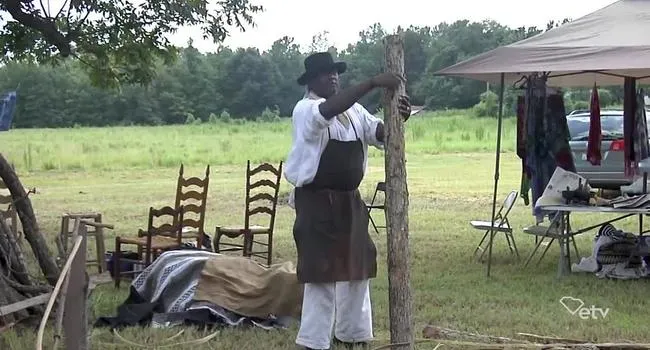Kaltura
Popout transcript
Hide Transcript
Skip transcript
00:02
[MUSIC PLAYING]
00:18
STUDENT: How do you
know the difference
00:19
between this and Carpinus?
00:23
Well for one thing,
the new growth-- Fagus
00:26
usually has these little soft
hairs all over the new growth.
00:31
Carpinus doesn't do that.
00:34
[MUSIC PLAYING]
00:53
INTERVIEWER: I got to tag
along with my old professor.
00:57
My professor of old, Dr.
John Nelson, and his spring
01:00
flora class.
01:00
And we came to Riverbanks
Botanical Garden.
01:03
And John you asked
them first of all
01:04
to tell you what physical
geographic area they were in.
01:08
Right, what physiographic
region we were in.
01:11
And they all answered
with a great shout,
01:14
"We're in the
Piedmont, Dr. Nelson!"
01:17
And they were right.
01:19
INTERVIEWER: Well if you're in
an area that's the Piedmont,
01:21
are there certain plants
that you would expect to see,
01:24
that we did see today?
01:25
JOHN NELSON: Well, the
Piedmont is a big area
01:27
and there are all sorts
of plants that are in it.
01:29
And then what we
have around here
01:31
is a lot of the
native species are
01:33
very characteristic of
mesophytic forest, including
01:39
Sweetgum and Yellow Poplar.
01:41
And of course we have Ostrya,
or Hornbeam, as well as
01:45
Musclewood Carpinus, a variety
of things, and of course,
01:49
a lot of shrubs, and herbs,
that go along with that, too.
01:52
INTERVIEWER: Mesophytic meaning?
01:55
JOHN NELSON: Just meaning
that it's sort of medium,
01:57
as far as water, but a
substantial amount of water,
02:01
so that you have a
lot more plants that
02:04
really dig having water
than, say, in the Sandhills.
02:08
INTERVIEWER: John I remember
being so excited when I came
02:11
here with you in our class.
02:12
And you said you can still
remember the excitement when
02:16
you came here your first time.
02:17
JOHN NELSON: One of the
reasons I became a botanist, I
02:19
remember that I was in Dr.
Batson's class back in 1973.
02:24
And we came to this
very same place.
02:26
Of course there weren't
trails here then.
02:28
But all of the
native species were,
02:31
including gorgeous, gorgeous
trilliums, and windflower.
02:35
All sorts of things are still
here and very, very beautiful.
02:39
INTERVIEWER: Aren't we lucky
to have Riverbanks Botanical
02:41
Garden?
02:42
Because we've got an incredibly
diverse and fascinating planned
02:47
garden and community.
02:49
But then we also have
access to this natural area.
02:52
I think we're so lucky.
02:53
JOHN NELSON: I think so.
02:54
And I hope that my
students kind of appreciate
02:57
that they are being exposed
to just a fabulous garden up
03:01
on the hill, with all those
wonderful showy flowers.
03:05
But they're also able to take
advantage of natural ecosystems
03:09
that are so
well-documented here.
03:11
INTERVIEWER: I hope that
you've turned a lot of them
03:14
into plant freaks
and they'll be just
03:15
like me spending the rest of
their life wandering around
03:18
with hand lenses--
03:18
JOHN NELSON: Oh, yeah.
03:19
I got my florascope, too.
03:20
INTERVIEWER: --enjoying
this wonderful world
03:22
that we live in South Carolina.
03:23
I hope they all will.
03:24
Thanks for letting
us tag along.
03:26
You're very welcome.
03:27
[MUSIC PLAYING]
03:31
[INAUDIBLE]
03:37
[MUSIC PLAYING]
03:53
Bye!
03:55
Bye!
Resume AutoScroll
Team "Making It Grow" tags along with The University of South Carolina's Director of The AC Moore Herbarium Dr. John Nelson and his Spring Flora Botany Class. They tour the native plants along the trails of the Riverbanks Zoo and Garden.
Grades:
6
7
8
9
10
11
12
Higher Education
Subjects:
Collection:
Series:


